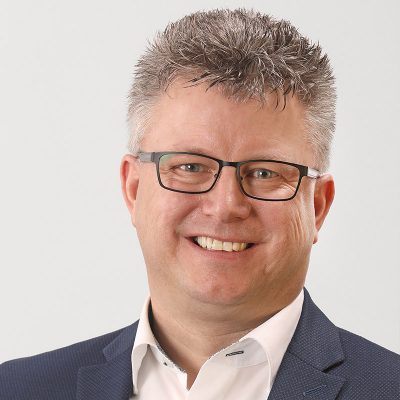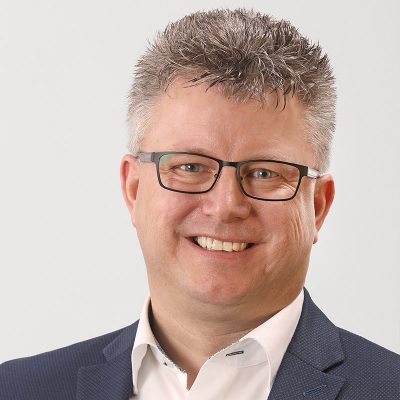Smart Factory – the networked production facility of tomorrow
Efficient Production Systems Through Digitalised Processes
Efficient Production Systems Through Digitalised Processes
The basis is the digital connection, both vertical and horizontal, of all sub-components: humans, machines, systems and products. This networked communication enables processes to be automated, which in turn accelerates manufacturing processes, makes them more flexible and cost-effective, and allows resources to be used as efficiently as possible.
Virtual and augmented reality technologies can be used by all industries and in all business areas. In smart production, VR enables virtual collaboration in projects with customers, employees, service providers and partners. The linking of virtual tools with planning and engineering tools saves, for example, the time and resource-intensive "on-site consultation" in engineering projects. Virtual images of entire factory landscapes make it possible to work independently of a fixed location.
The more demanding a technology or product becomes, the more difficult it is to additionally pay attention to the need to go from effective to efficient production. And this is where the digital twin comes into play. It is an integral part of Industry 4.0 or the Smart Factory - the networked factory - and opens up all the possibilities that we believe are necessary for technological change.
The digital twin is the digital 1-to-1 copy of a factory, with which all processes, resources and production sequences can be planned and tested - and also, using the example of virtual commissioning, with the real control software. This avoids failures and costs, accelerates planning and drives innovation for products and production. The digital twin makes complexity more manageable and has the important task of securing planning competence and, if necessary, passing it on to human customers.
The advantages of an intelligent factory are widely known: optimised and accelerated processes, increased productivity, flexible adaptation to new methods, shorter delivery times, transparent tracking, to name but a few. In the end, it's the result that counts: does the use of a smart factory save costs and can profits be maximised?
Two important components are only made possible by digitalisation, but are essential for an efficient factory: virtual commissioning and predictive maintenance.
While the one uses the digital twin and simulation to identify failures in the processes even before the real commissioning and acquisition of the production hardware, the other uses artificial intelligence to avoid cost-intensive downtimes and warns that a repair team needs to be sent long before maintenance-intensive parts break down.
The possibilities are manifold. But do they make sense after a cost-benefit analysis? We help you to answer this question clearly. In our 5-phase model, we show you the way to the Smart Factory.
The heterogeneous interaction of different fully and semi-automated robot technologies which speak a common robot language in both the real and virtual world is now possible.
In cooperation with the Ruhr-University Bochum, an assembly system was developed within the framework of a research project with this aim, in which even the "grip in the box" still folds flawlessly: industrial robots with protective fence and MRK robots work together in an assembly system, communicate with each other and this first as a virtual image during the virtual commissioning and then on the real system. Adjustments and correction of faults are still possible at any time. In the end, an efficient assembly or production system is created, with the optimal technology for the customer - from virtuality to reality.
 |
Dirk Keller CEO dirk.keller@edag-ps.com |
 |
Oliver Quell Sales Smart Factory oliver.quell@edag-ps.com |
